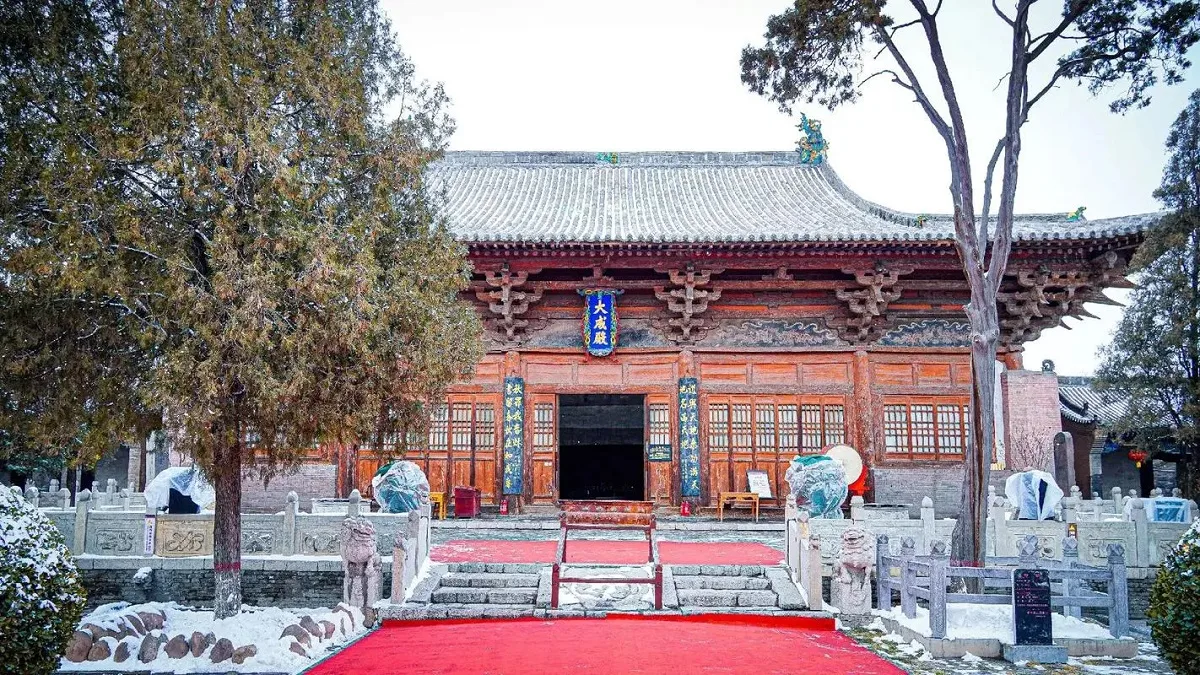The Pingyao Confucius Temple (平遥文庙), located in the southeastern corner of Pingyao County, Shanxi Province, covers an area of 40,580 square meters. It was initially built during the early years of the Tang Dynasty’s Zhenguan period, with the main hall, the Dacheng Hall, rebuilt in 1163 during the Jin Dynasty, maintaining its original form. The Pingyao Confucius Temple holds six notable distinctions in China. It houses the oldest surviving Confucius temple buildings in China, the only remaining Jin Dynasty structures in all Confucian temples nationwide, the largest collection of statues of Confucius and other Confucian sages, the most extensive existing exhibit on the history of the Chinese imperial examination system, and the country’s only specialized photography museum.
The temple complex features over 40,000 square meters of land, with 16 categories of structures totaling 112 individual buildings. The complex is divided into four main areas along the central axis from south to north: the service area, the sacrificial area, the Confucian study area, and the examination area. Key attractions include the Lingxing Gate, Pan Pond, Pan Bridge, Shrine of Eminent Officials, Shrine of Worthies, Dacheng Gate, Dacheng Hall, East and West Wing Rooms, Minglun Hall, Jingyi Pavilion, and Zunjing Pavilion. The entire site is imbued with a rich cultural atmosphere and showcases numerous treasures, including the only surviving top scholar’s examination paper in China and a series of official uniforms from the Qing Dynasty.
The Confucius Temple has historically been a place where successive feudal dynasties in China honored Confucius and promoted Confucian education. Since the construction of the first Confucius temple in 478 BCE, the reverence for Confucius grew stronger during the Tang and Song dynasties. By the Ming and Qing dynasties, the construction and rituals of Confucius temples had become institutionalized. The Confucius Temple complex has become one of the most culturally significant sacrificial architecture systems in China, second only to royal buildings in terms of structural rigor and grandeur. It stands as a monumental representation of China’s ancient spiritual world.














